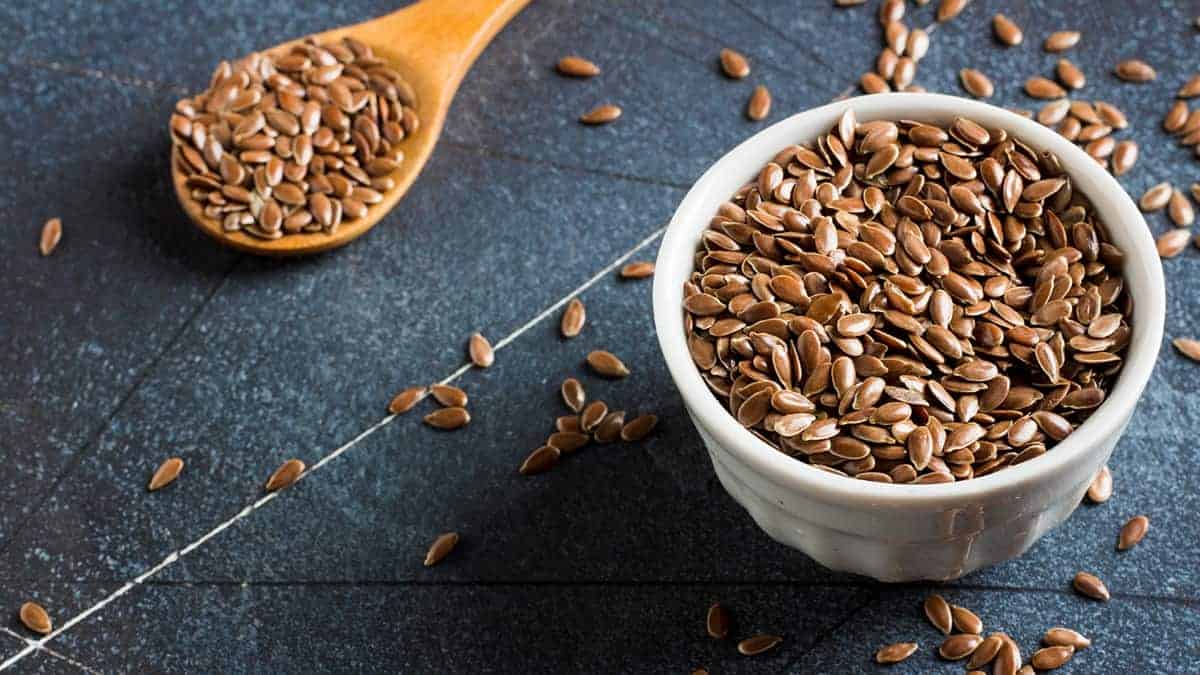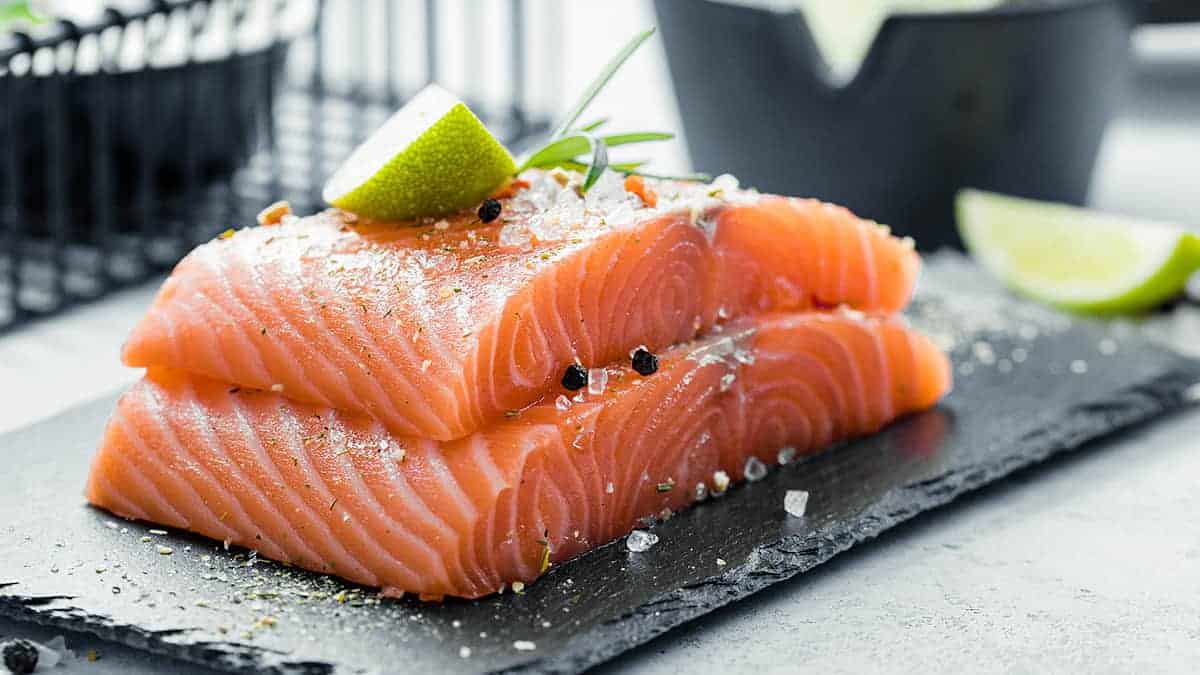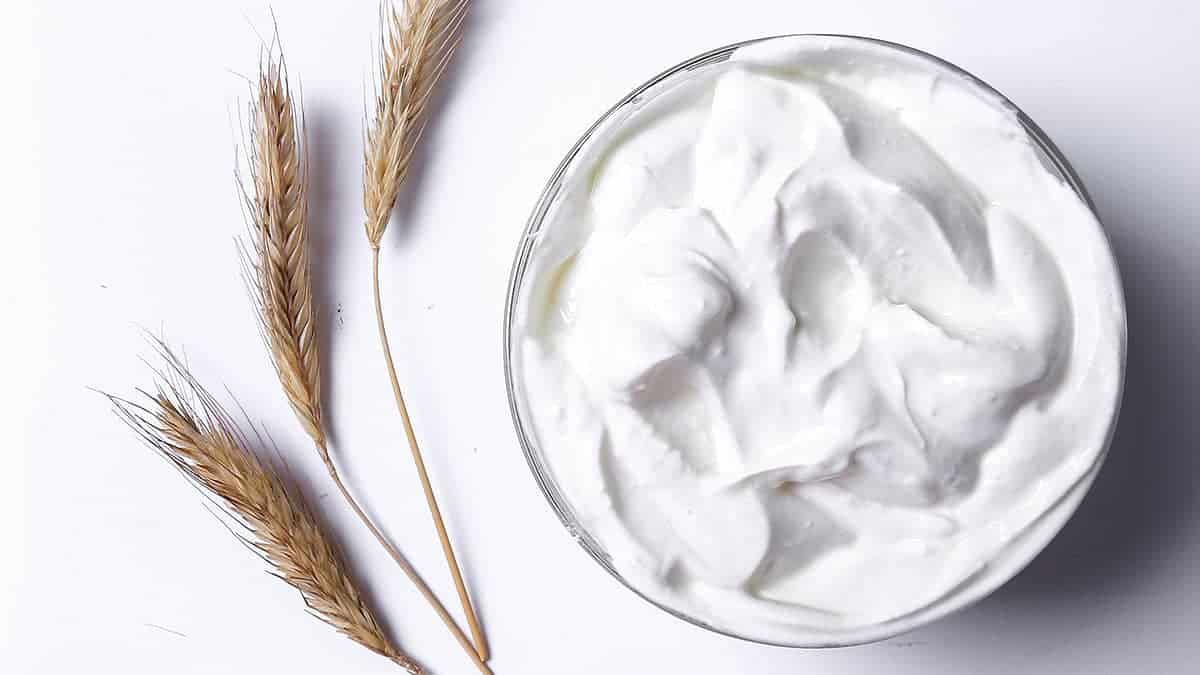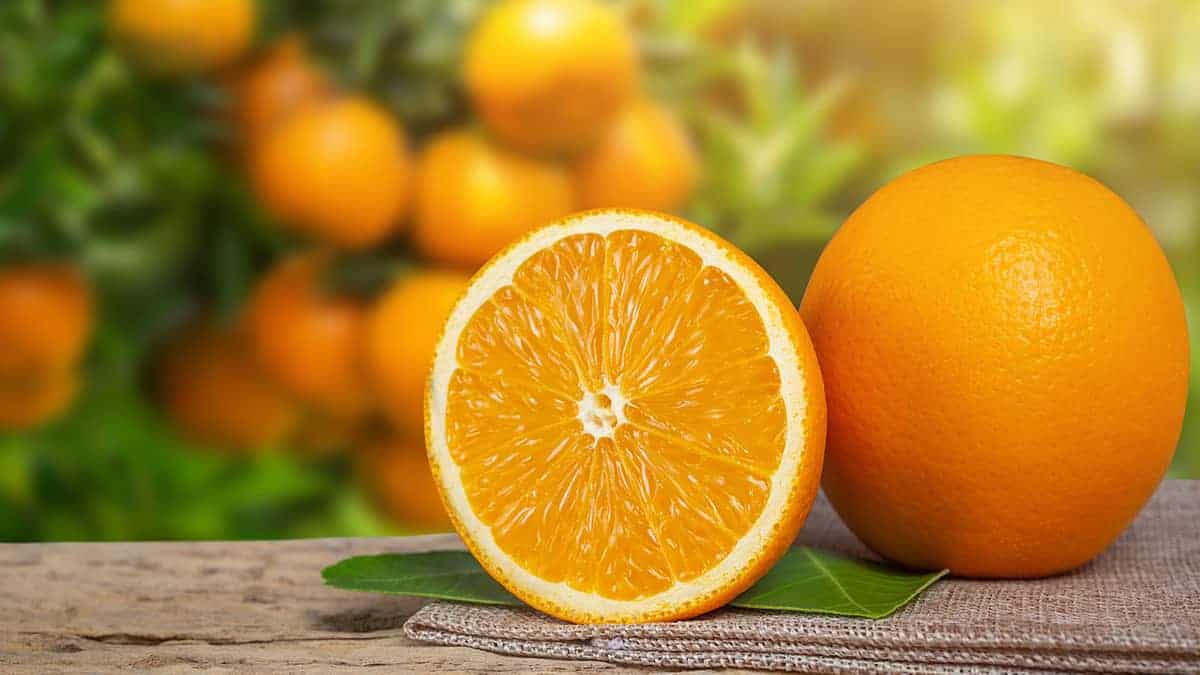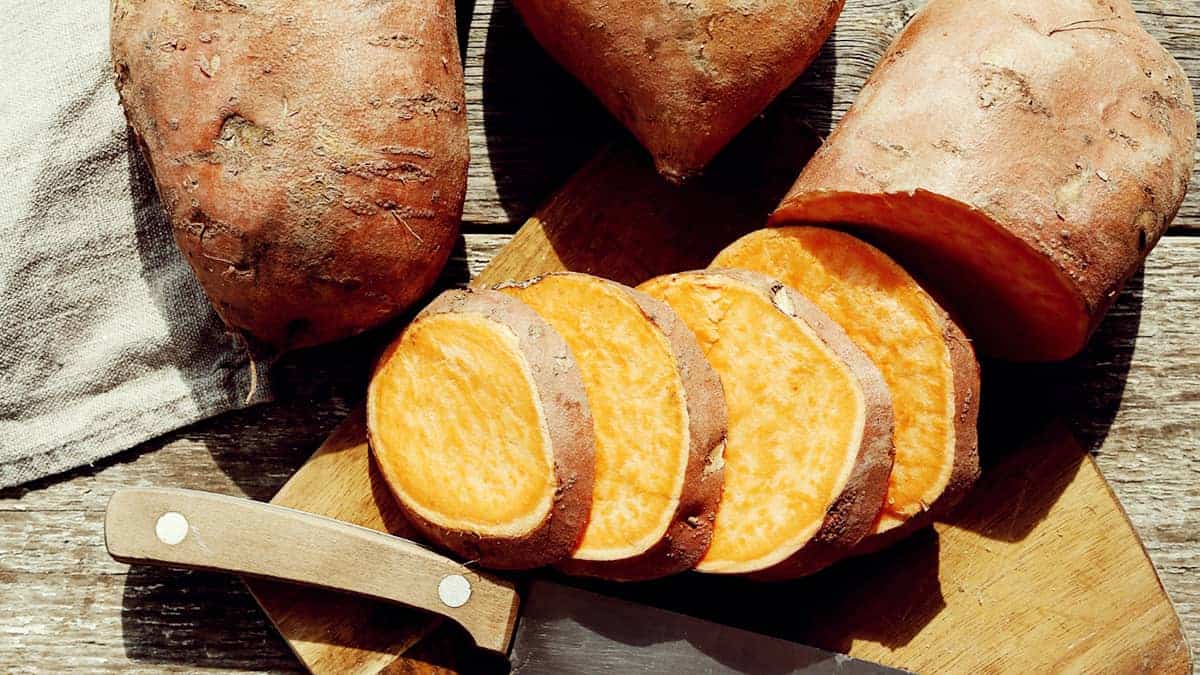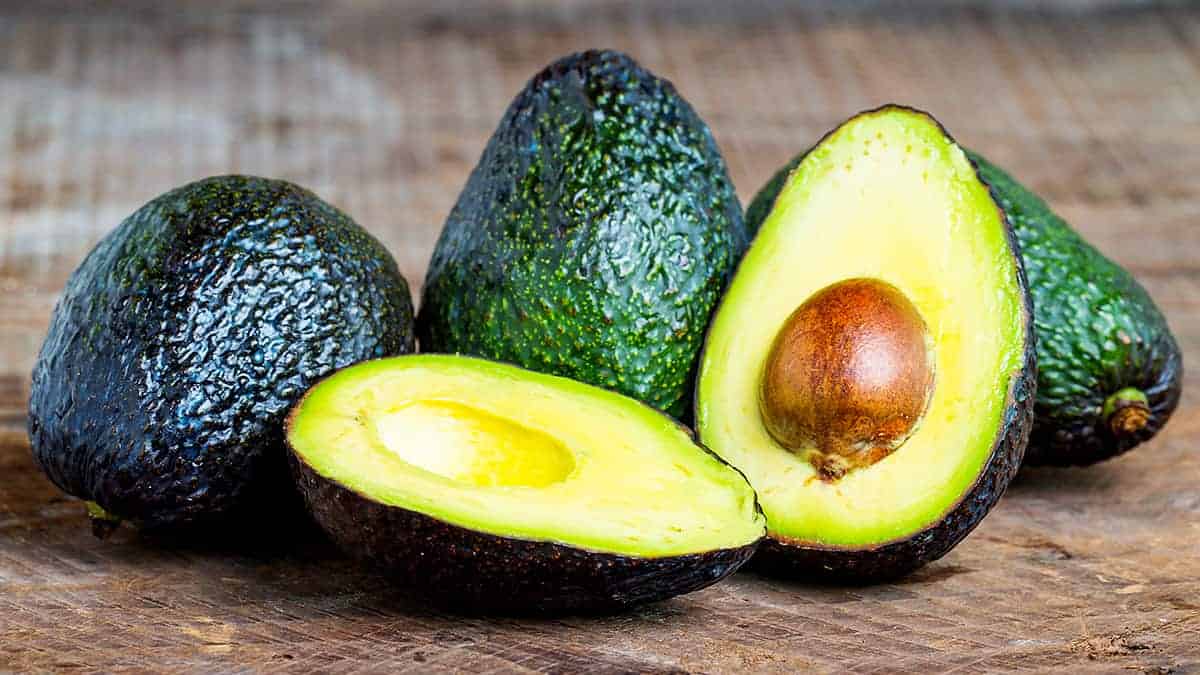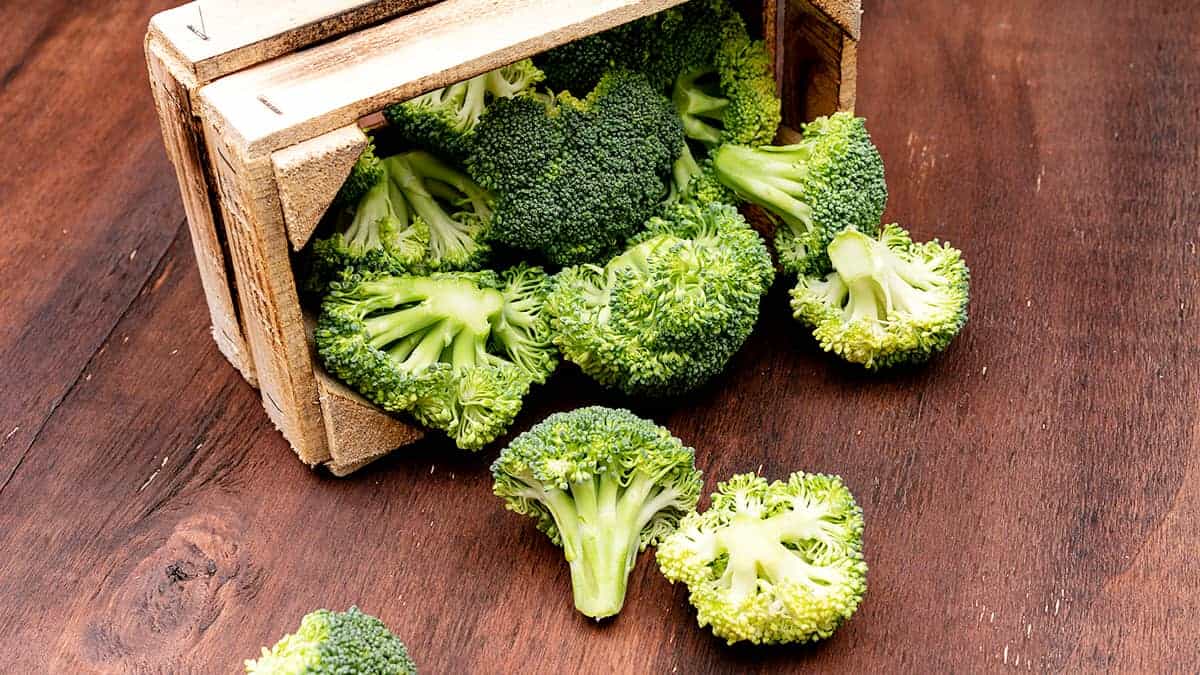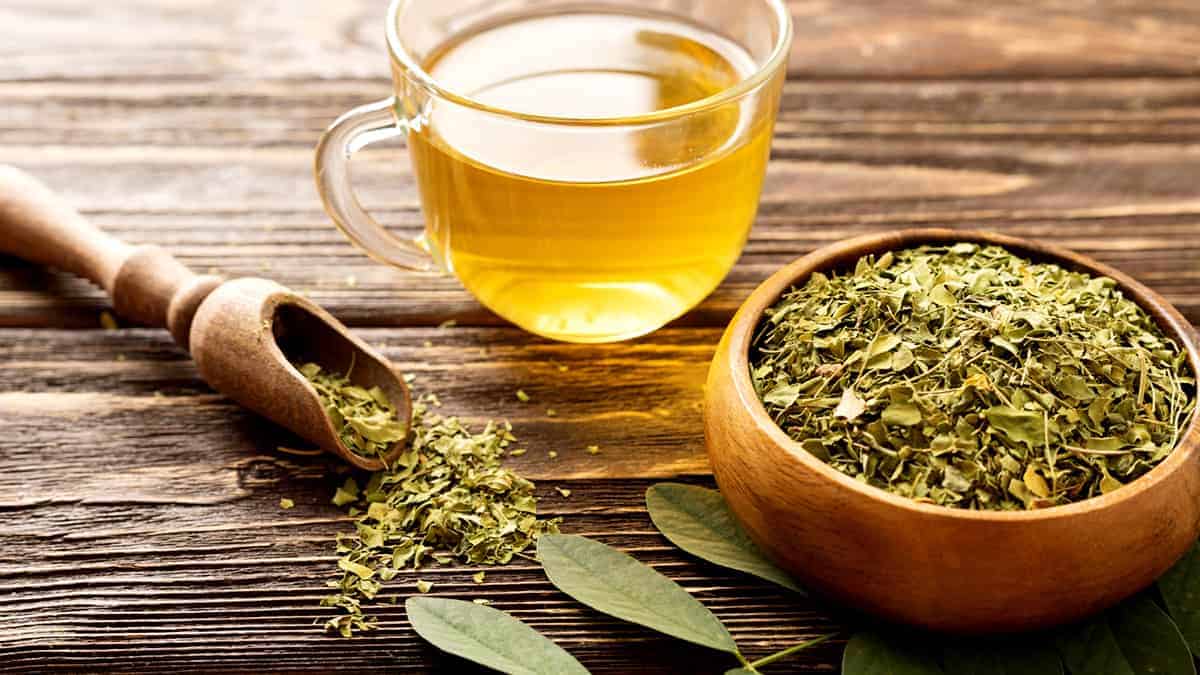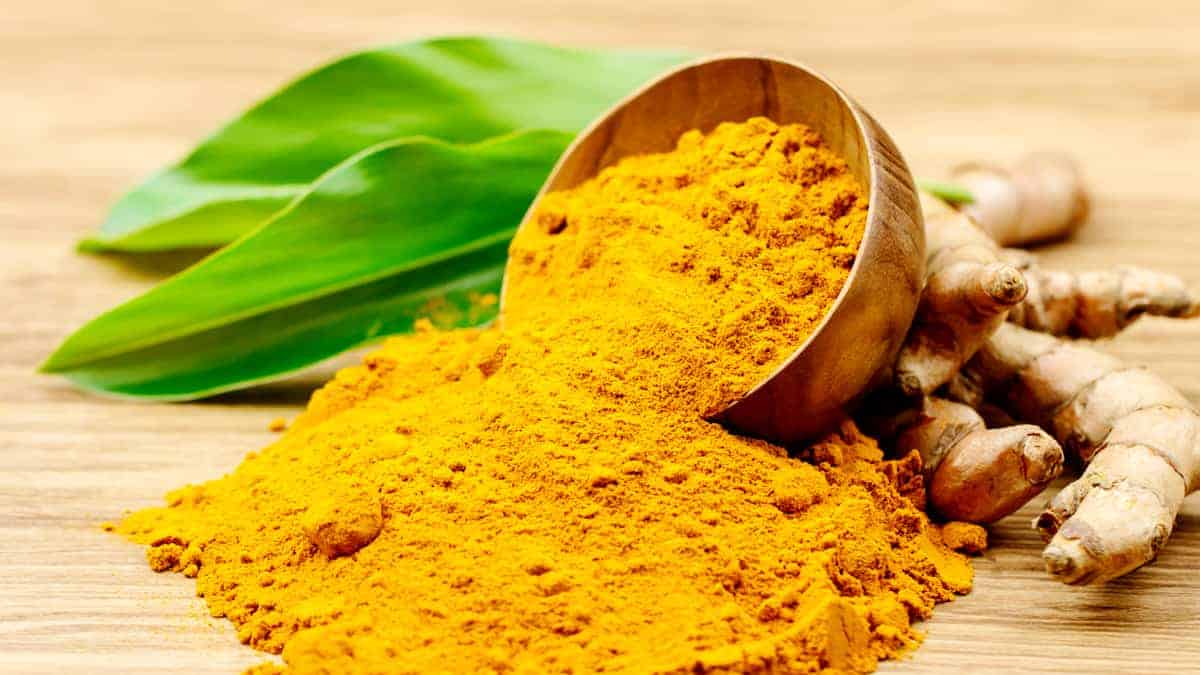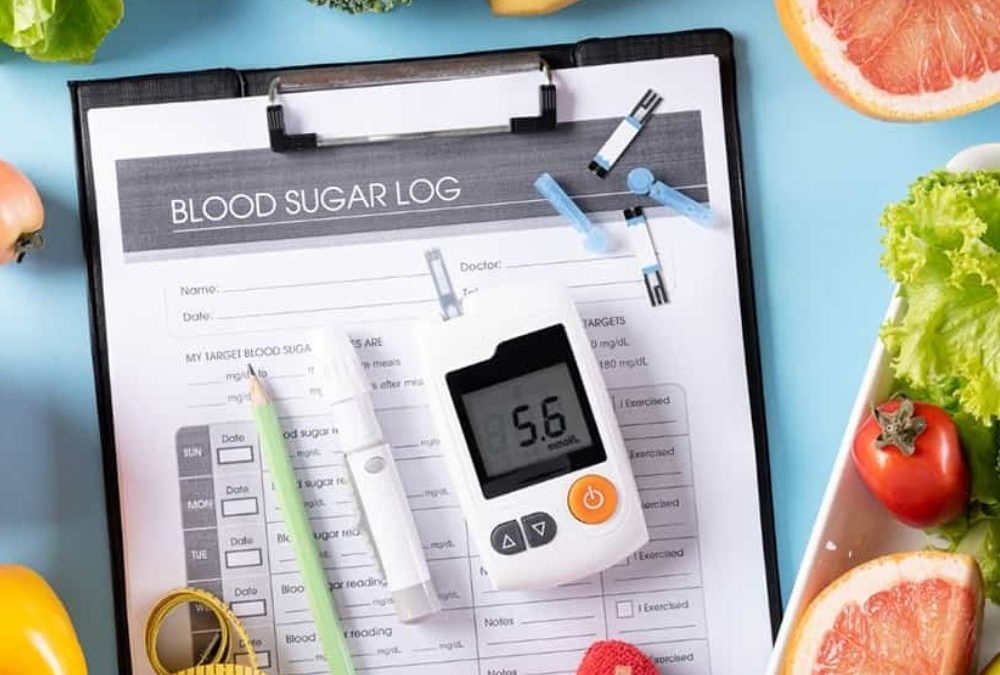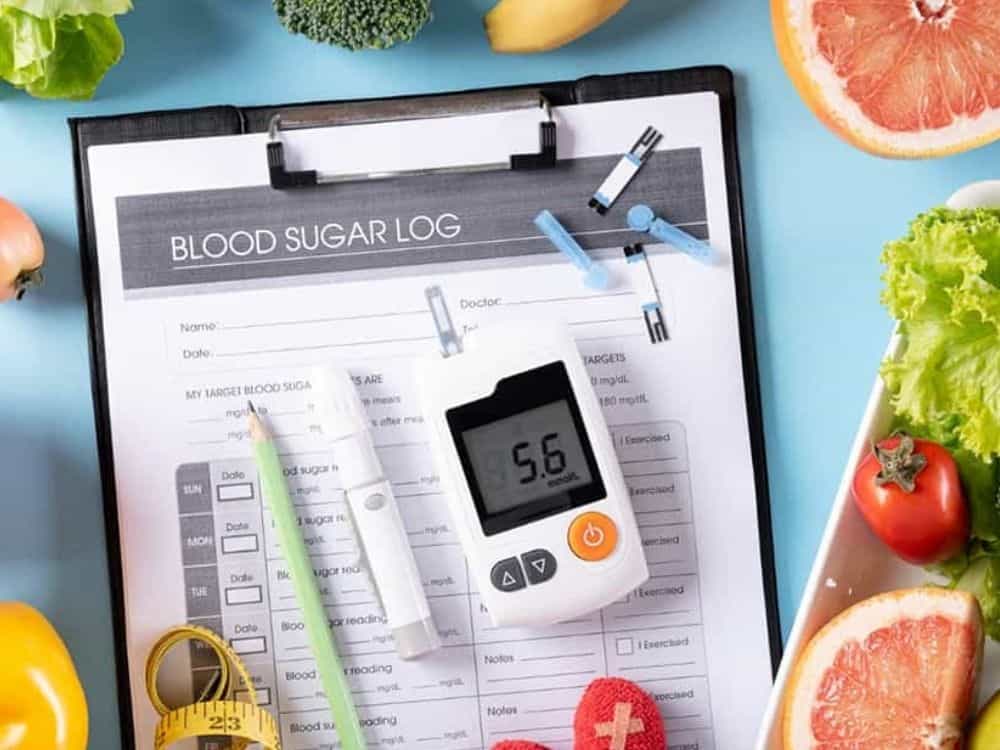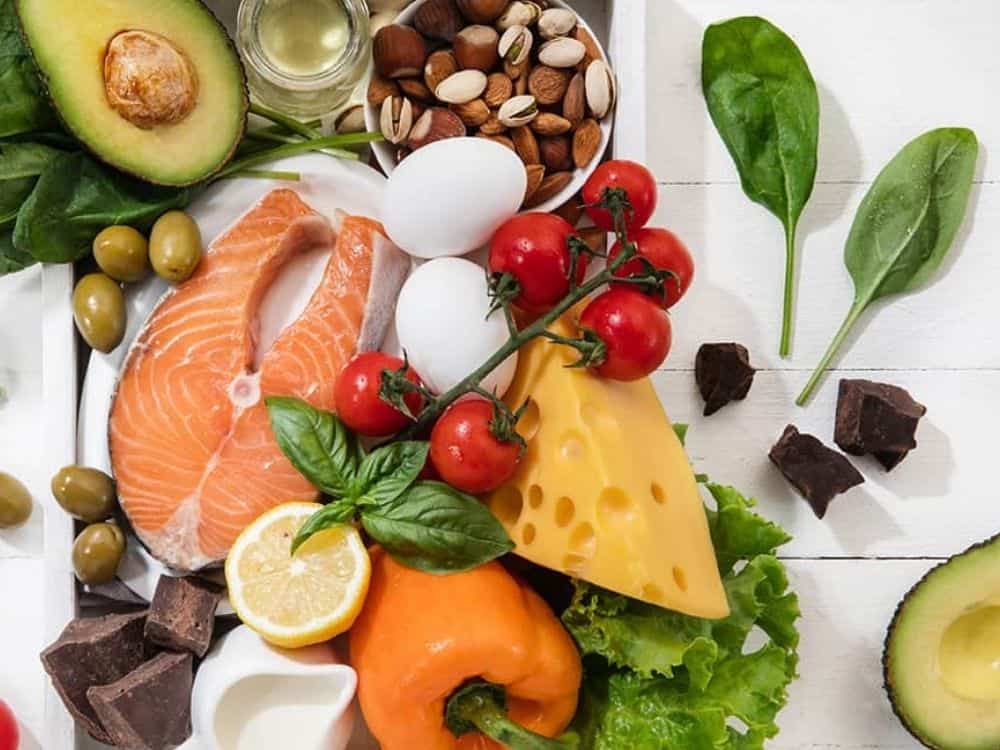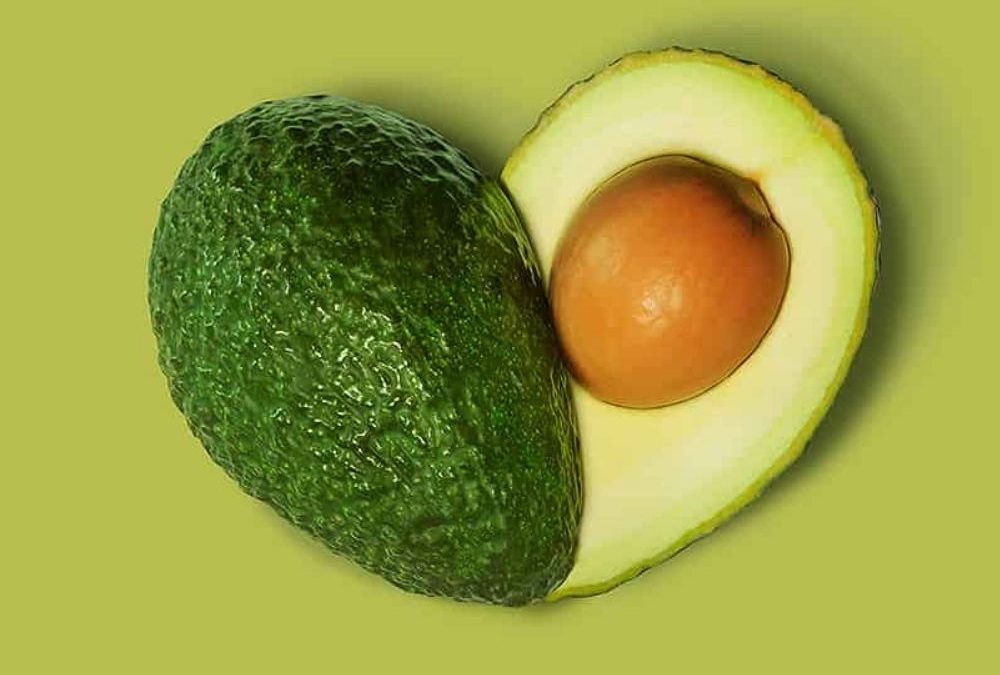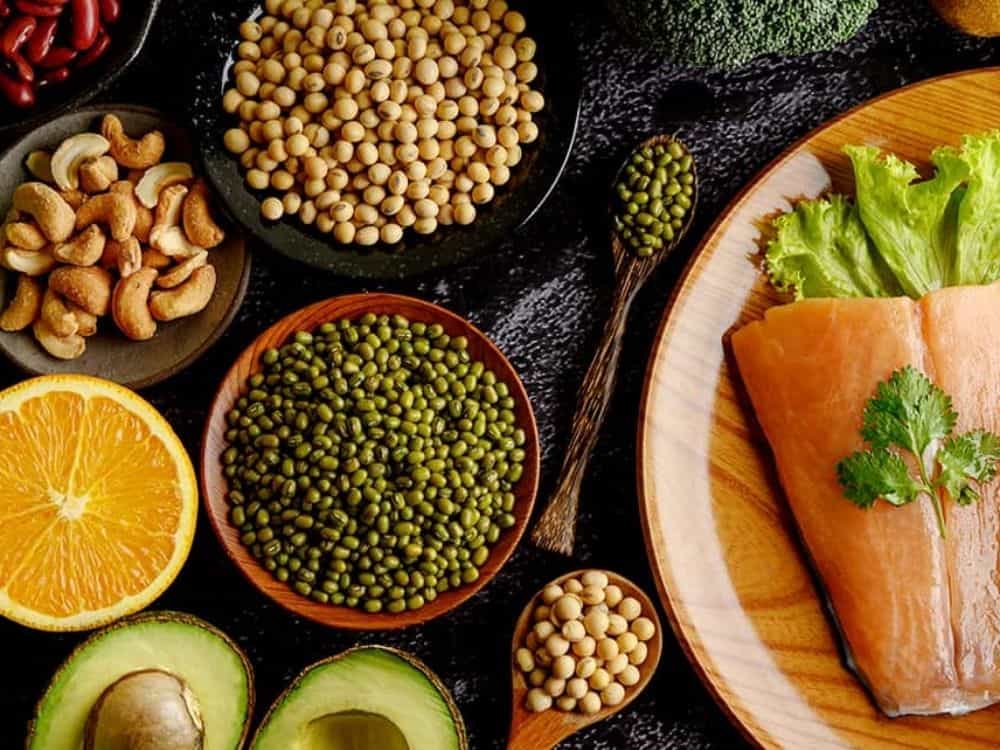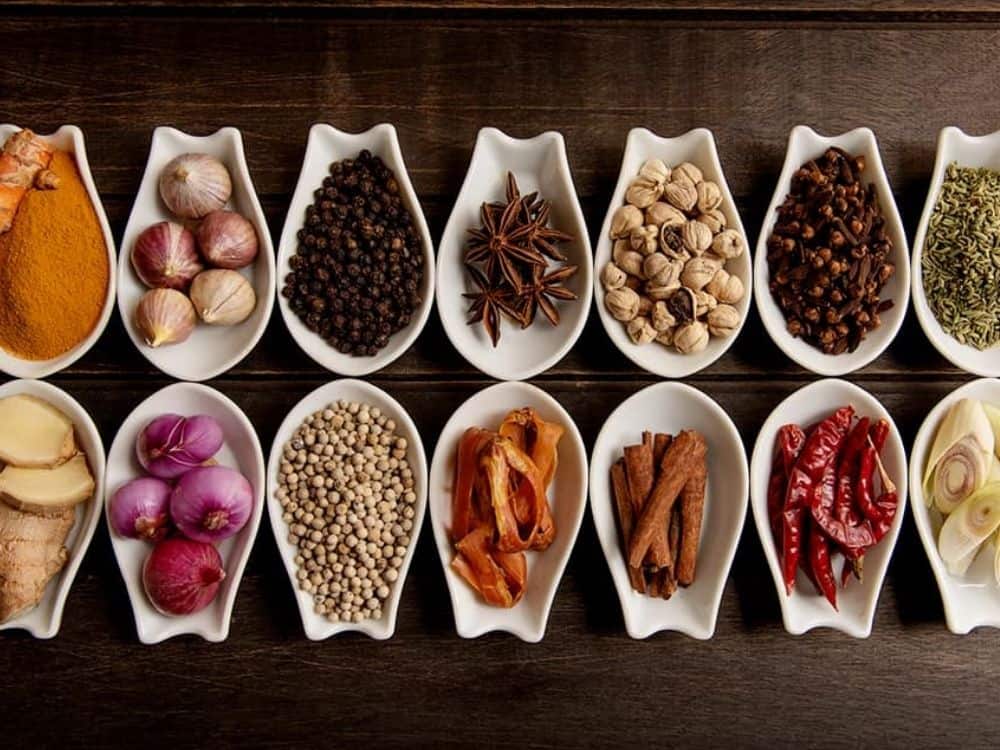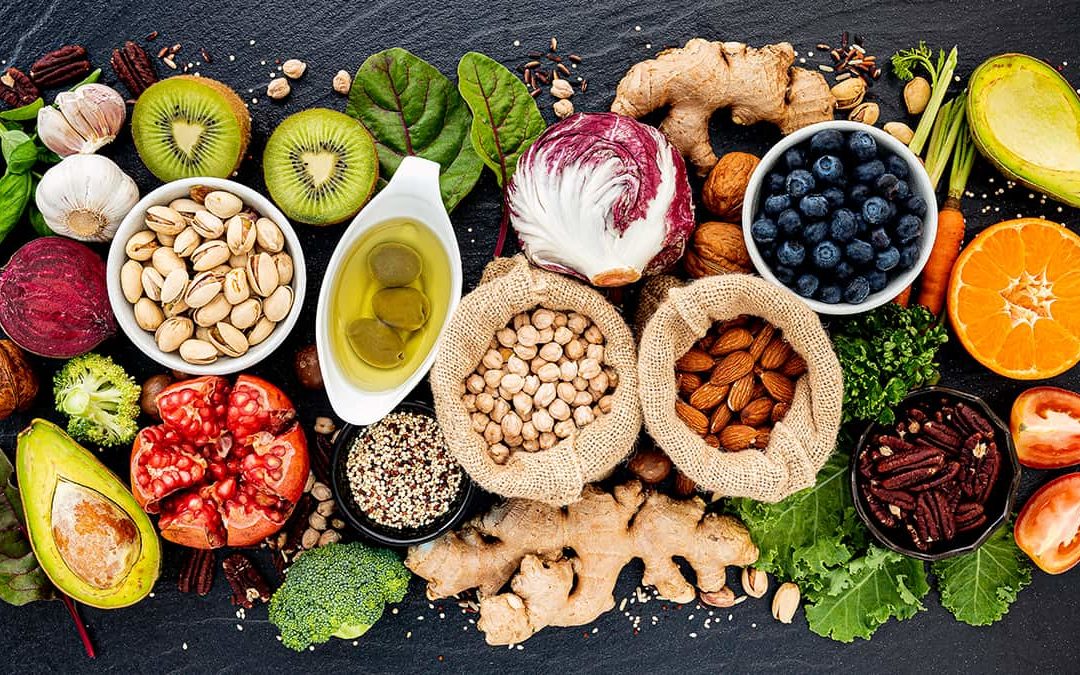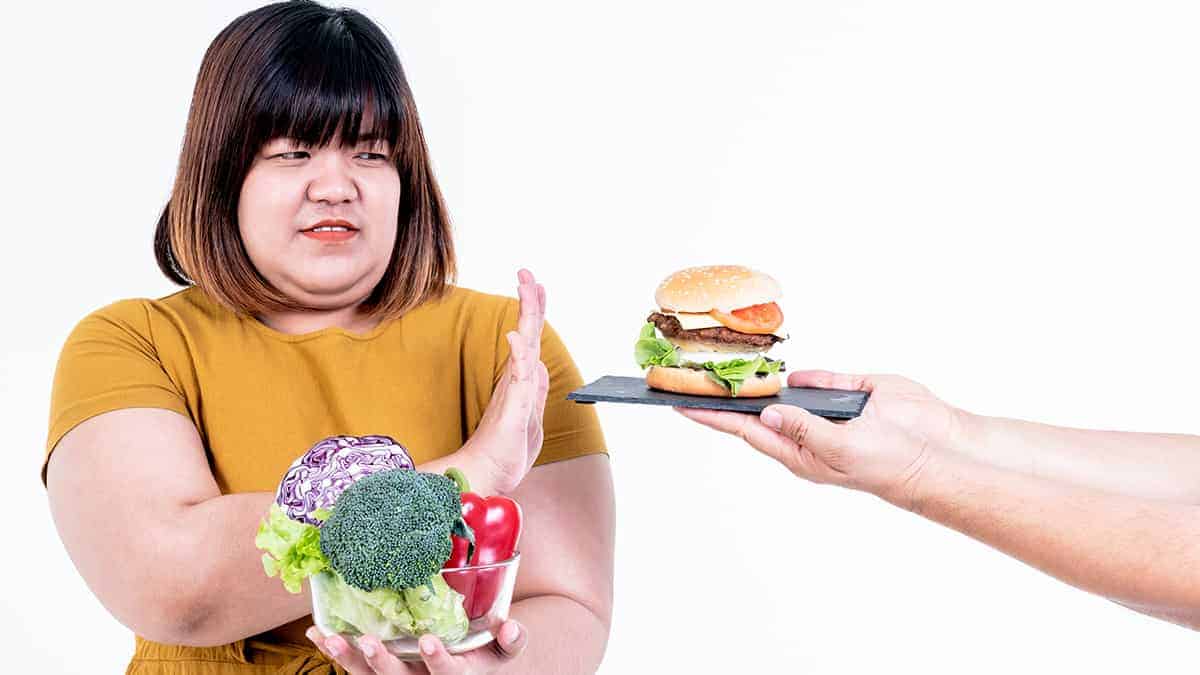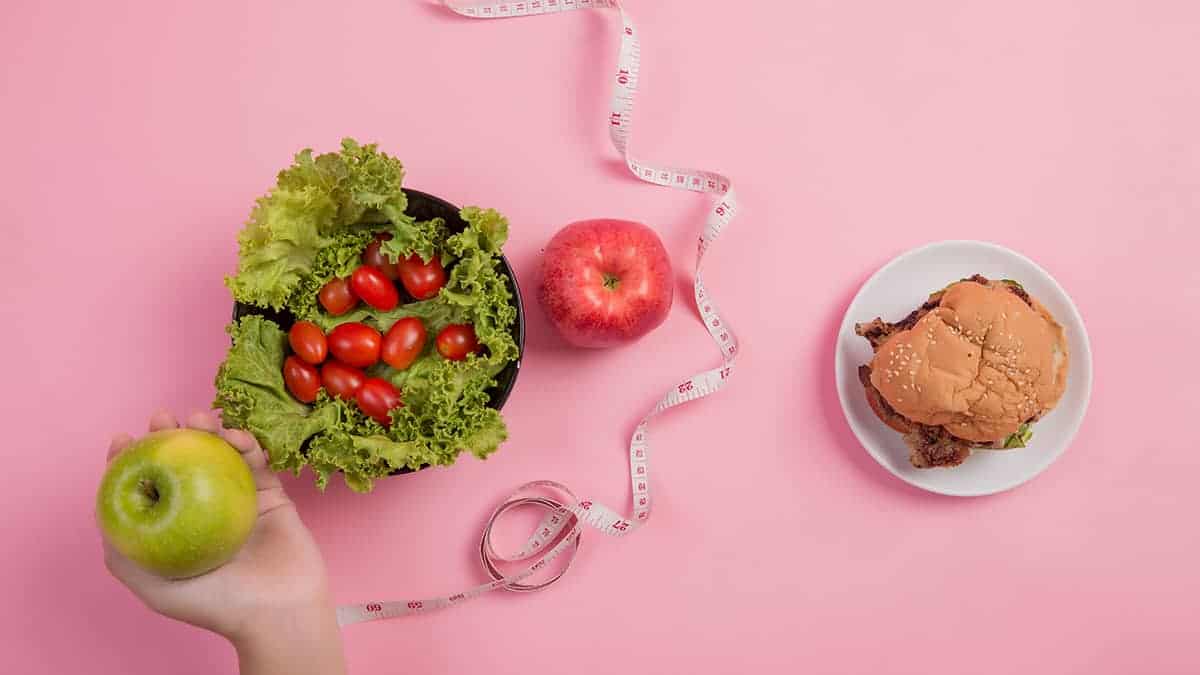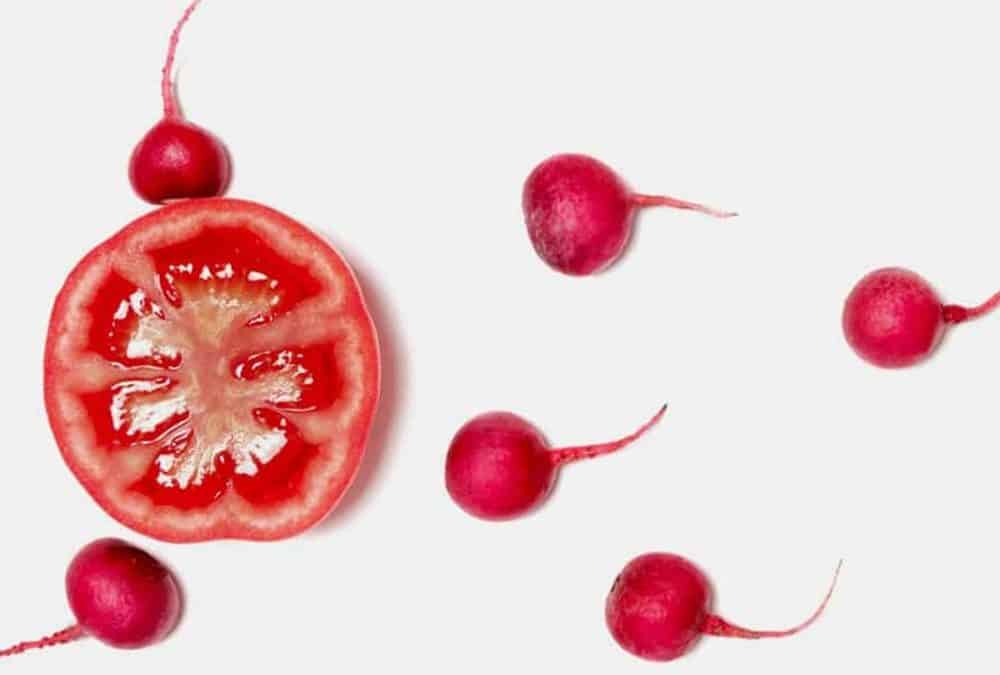
Superfoods for Super Sperm (Part 10 of my Superfoods series)
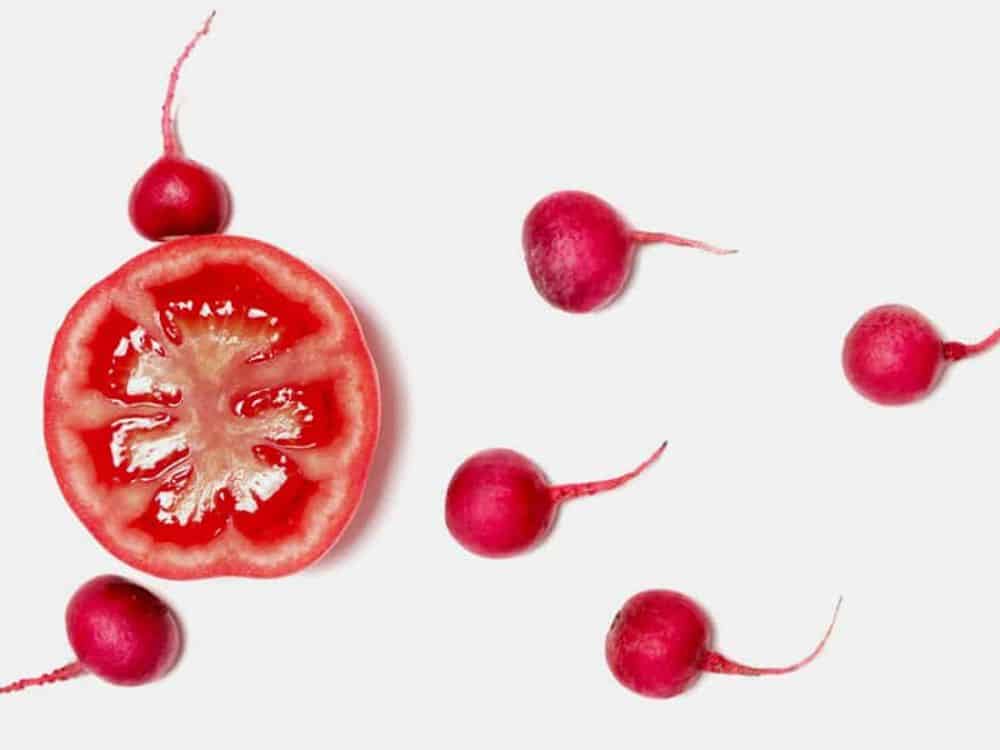
Adding superfoods to your diet may be a good way to increase the health of your sperm and boost your fertility. While there’s no scientific definition of what makes up a “superfood,” this label is often given to foods and drinks that contain a lot of vitamins, minerals, and other nutrients that boost health. While superfoods generally can’t cure conditions like fertility, they can be an important part of optimizing your sexual health to be the best it can be.
Why Is Sperm Health Important?
In order to naturally conceive a child, you need to have enough healthy sperm. Sperm are cells made by the testicles in the male reproductive system. They combine with egg cells made by the ovaries in the female reproductive system to result in an embryo. Multiple types of hormones, including testosterone, help control the production of sperm.
There are a few components to sperm health, including:
- How many sperm cells your body makes, usually measured by how many sperm cells are found within a certain quantity of semen
- The ability of sperm cells to move rapidly
- The sperm cells’ shape and size
If your body doesn’t make enough sperm, or if your sperm cells are abnormal, you may have a hard time getting your partner pregnant. When a couple is unable to conceive after at least one year of regular sex, they are said to be infertile. Infertility has multiple causes that can affect men and women, and there are several possible medications, surgical procedures, and lifestyle changes that can help treat this condition.
Boosting Sperm Health Through Superfoods
Men who eat certain superfoods may produce healthier sperm cells and be less likely to experience medical conditions that impact fertility. The more health-boosting superfoods you can add to your diet, the more you can optimize your sexual health.
Oysters
Oysters are a fantastic source of zinc. One serving of this seafood provides 673% of the recommended daily intake of this mineral. You can also find zinc in superfoods like pumpkin seeds, yogurt, chickpeas, and oatmeal.
Zinc is a very important nutrient for fertility in men. Tissue in the prostate gland as well as the fluid portion of semen contains high amounts of zinc. When zinc levels drop too low, your body may make less sperm, or the sperm may be shaped abnormally, die more quickly, or not work properly in order to fertilize an egg cell. Zinc also helps the body make hormones like testosterone. Some cases of male fertility problems have been linked to low levels of zinc within sperm cells.
Oily Fish
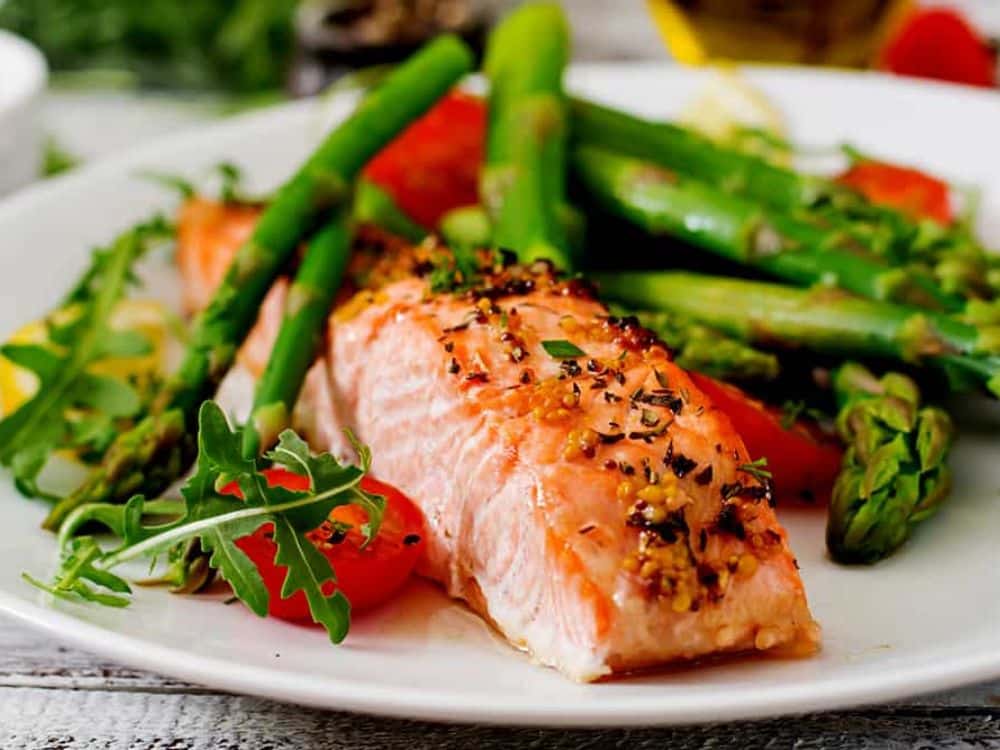
Omega-3 fatty acids are good for your health in other ways, too, making them a popular choice among people looking to eat more superfoods. For example, these molecules can help boost heart and eye health, reduce symptoms of rheumatoid arthritis, and may protect against conditions like cancer and Alzheimer’s disease.
Additionally, oily fish contain coenzyme Q10 (CoQ10), also called ubiquinone. This molecule is an antioxidant, helping neutralize reactive oxygen species (ROS) — chemicals that can cause damage within cells and tissues. CoQ10 can help prevent ROS from building up in the semen, which helps sperm live longer and stay healthier. CoQ10 may also help the body make additional antioxidants that protect sperm health.
Cod Fish
Cod is a type of whitefish. It’s not an oily or fatty fish that has a lot of omega-3 fatty acids. However, it does contain a lot of carnitine, an amino acid-like molecule that helps cells process fat to be used as fuel.
Sperm cells need a lot of energy in order to be able to swim around more effectively. Carnitine helps supply sperm with the fuel they need for proper movement. It also supports the growth and development of new sperm cells.
Carnitine is also present within animal products such as beef, but too much red meat can be detrimental to your sexual health. Supplements containing carnitine are also available.
Brazil Nuts
Brazil nuts contain a lot of a nutrient called selenium. When your body doesn’t have enough selenium, you may be more likely to have problems with infertility. Like CoQ10, selenium is an antioxidant that gets rid of damaging ROS chemicals that can kill sperm.
Eating more Brazil nuts may help boost your sperm health. Just a one-ounce serving (about 6 to 8 nuts) provides nearly 1000% of your recommended daily intake of selenium! This nutrient can also be found in fish and seafood like tuna, halibut, sardines, and shrimp.
A couple of clinical trials have tested how nuts can impact male fertility. These studies found that men who eat more nuts produce more sperm and have sperm cells that move around better, are shaped more normally, and live longer.
Oatmeal
Oatmeal is a whole grain that provides a large helping of fiber — a type of carbohydrate that provides many beneficial effects for the body. Eating a lot of fiber may reduce levels of estrogen, a hormone that could prevent the body from producing enough sperm. Oats and other grains can lead to healthier sperm and increase the chances that an egg will implant in the uterus after being fertilized by sperm.
Yogurt
Your digestive system contains about 100 trillion microorganisms, including bacteria that help you stay healthy and digest your food. Eating high-fat foods can feed the “bad” bacteria, leading to chronic inflammation, a higher risk of several health conditions, and problems producing healthy sperm.
On the other hand, you may be able to increase the number of “good” bacteria in your gut by eating foods that contain probiotics (live microorganisms), such as yogurt. These foods can help improve your digestive health, which in turn has wide-ranging impacts throughout the body. You can also find probiotics in foods like sauerkraut, kimchi, and kefir.
Organic Fruits and Vegetables

Foods that are certified organic have to meet certain standards as they are grown and harvested. In particular, organic fruits and vegetables come from plants that have been grown without the use of certain synthetic pesticides and fertilizers. Avoiding these chemicals may lead to higher-quality sperm. Look for the label “USDA Organic” while grocery shopping.
Fruits and vegetables also contain a lot of prebiotics — substances like fiber that can help feed the “good” bacteria in your intestines. Produce like leafy greens, onions, artichokes, and bananas may have particularly high levels of prebiotics.
Furthermore, produce generally contains a lot of antioxidants such as vitamin C, tocopherol, and lycopene that help prevent the early death of sperm cells. Overall, fruits and vegetables work on multiple fronts to help boost sexual health and sperm quality, especially if they are organic.
Diet Plans to Improve Sperm Health
Adding more individual superfoods to your diet may help improve your fertility. However, studies have also found that men who more closely stick to an overall pattern of healthy eating produce more sperm.
Men who follow the Mediterranean diet are more likely to have higher sperm counts and to produce sperm that can move more quickly. The Mediterranean diet is also well-known to provide other health benefits, including lower cholesterol and blood sugar levels and a reduced risk of conditions like heart disease, diabetes, and Alzheimer’s disease. This diet emphasizes:
- Using olive oil instead of other fats like butter
- Eating more nuts, seeds, and beans
- Consuming large amounts of fruits and vegetables
- Choosing whole grains or whole wheat products over refined grains
- Eating plenty of fish, moderate amounts of chicken, and very little red meat
- Drinking moderate amounts of red wine
Another diet plan that has been studied in relation to sperm health is the Prudent diet. Following this diet can boost sperm counts and help the body produce higher-quality sperm. The Prudent diet is a modified version of the Mediterranean diet in which you eat more fish, chicken, vegetables, fruit, beans, and whole grains.
Foods and Drinks To Avoid for Better Sperm Health
Studies show that some foods can lead to poor semen quality. In particular, a western diet can be detrimental to sexual health. Men who struggle with infertility are more likely to eat diets that are high in fat or calories.
In particular, you may want to limit or avoid:
- Red meat like beef or lamb
- Processed meat such as sausage, hot dogs, bacon, and deli meat
- Foods that contain a lot saturated fats or trans fats, including processed foods, fried foods, cheese, and sugary foods and drinks
- Caffeine, found in coffee, black tea, and soda
Alcohol can lead to hormone imbalances, including reduced testosterone levels, that lead to lower sperm levels. Men who drink heavily may be especially more likely to experience fertility problems. Infertility treatments such as in vitro fertilization (IVF) also tend to be less successful when men drink in the week leading up to giving a sperm sample.Some people believe that soybeans and soy products such as tofu can negatively impact male fertility. This is because soy contains molecules called phytoestrogens that are similar to the estrogen hormone made by the body. High levels of estrogen can lead to lower sperm counts. However, studies have found that men who eat moderate amounts of soy aren’t more likely to have unhealthy sperm, low testosterone levels, or other infertility problems. In fact, at least one study has found that eating some soy can actually lead to higher-quality sperm, so there is no reason for men to avoid soy-based foods.
Lifestyle Changes for Sperm Health

Some studies have found that physical activity can help boost sperm counts and sperm health. Likewise, men who spend more time watching television and those who lead sedentary lifestyles are more likely to produce less sperm.
Smoking cigarettes can also reduce sperm health, so quitting tobacco products may help improve infertility problems. Additionally, marijuana and other recreational drugs can prevent the body from making healthy sperm and can impact sexual health.
Changing your daily routine by eating more superfoods or creating other health-building habits can increase your sperm health. However, if you continue to struggle with infertility, your doctor can help you learn more about potential causes and recommend treatments that may increase your chances of conceiving.
If you are planning a family and would like to consult with Dr. Connor, please make an appointment.



